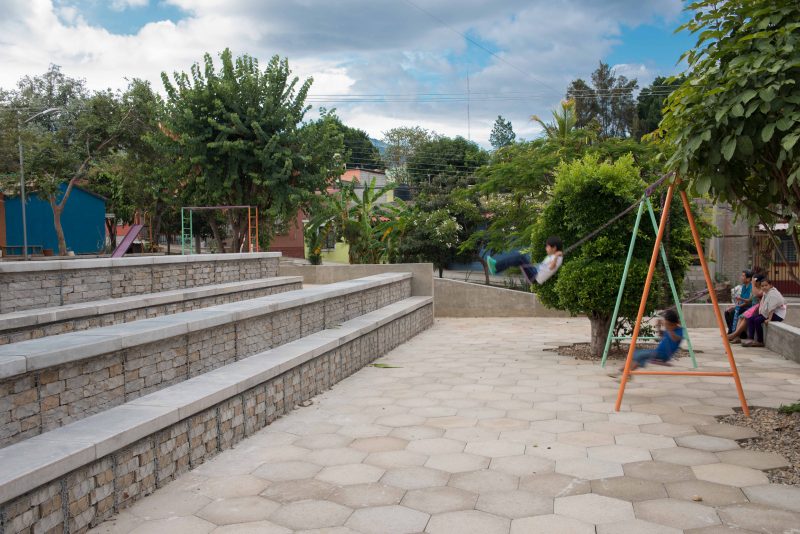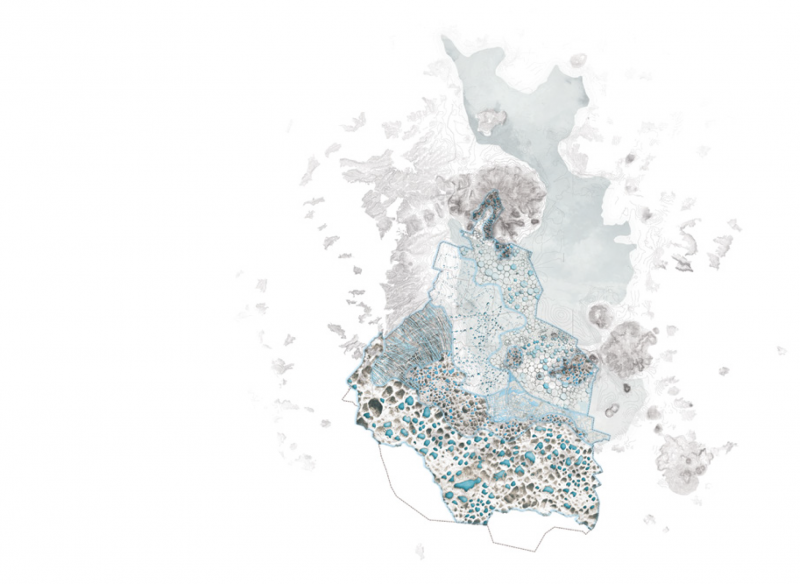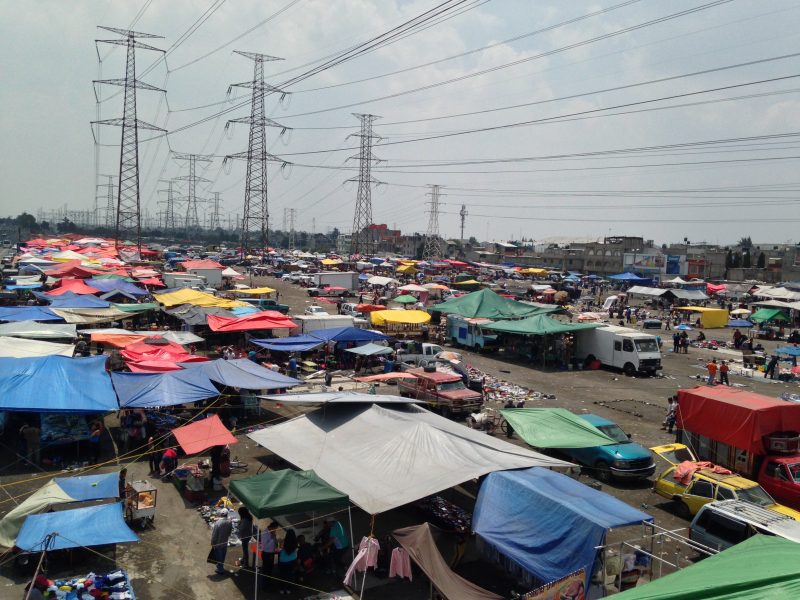Primero de Mayo project unfolds with three major dimensions: as an intra-institute policy innovation, as a physical design intervention, and as community development program. A discussion panel with the participation of Infonavit and Fundación Hogares officials will take place on November 9th, 6:30 p.m. at the Harvard Graduate School of Design, Room 112. The event is a joint effort between Mexican Cities Initiative, the Department of Urban Planning and Design, and the Joint Center for Housing Studies. Among the responses within the Mexican National Workers’ Housing Fund Institute, or Infonavit has been a move towards broadening the scope of policy from the individual home […]
Tag Archives: Blog
An unprecedented effort to understand Mexico City’s current hydric metabolism, its related urban vulnerabilities and the possibilities of tackling these through a system of public spaces. As an emerging platform for innovative ideas and actionable knowledge, Mexican Cities Initiative is proud to present Towards a Water Sensitive Mexico City: Public space as a rain management strategy. This project emerged from the prior work of a GSD alum, Victor Rico Espínola whose involvement in this endeavor crystallized, first in the development of the feasibility assessment, and later into the construction of La Viga Linear Park in Mexico City. Towards a Water Sensitive Mexico City: […]
We are proud to present this guest post by urban planner and researcher Guillermo Bernal, founder of the Mexico City consulting firm Lugares Publicos and a member of Taller Participativo Barrial. The Mexican tradition of the “tianguis,” or open-air market, dates to pre-Columbian times. Every important city had a tianguis where, on certain days of the week, the public plaza was occupied by stalls offering a wide variety of food and other products, as well as services. People came from surrounding towns, and sometimes from very far away, to buy and sell. The tradition of open-air commerce in public spaces […]


